This is a tutored workshop over two sessions that started on Saturday 27th November 2021, the next session will be on Saturday 11th December 2021. It is initiated by a photography student, Helen Rosemier and tutor-led by OCA tutor, Hayley Lock.
After introductions, Hayley Lock shares a visual presentation around the idea of using a shoebox as a vehicle to think, materially, contextually, or conceptually around ideas of the Peep Show. The session was recorded and a PDF shared between the group. After the insightful presentation, the participants were placed in rooms in separate groups to collaborate on ideas for the box and how to work, whether collectively or thematically. I was part of the Max Colby group. We were only 3 participants, not sure if the others will join at the next session.
Research the work of Max Colby
It is clear that this artist’s work is very personal and comes from a place of grappling with gender identity. He identifies as a trans-non-binary person. His work seems very colorful, but reading an interview between him and Joe Brommel (2019) his work often starts from a place of grappling with violence and oppression. He researches his material (textiles and needlework) as a form of conversation about its history, mostly from Elizabethan, Victorian, or colonial American origin. Here he sees conversations on gender and sexuality to be very current in our culture.
In the works below he worked on paper, which he made himself, photographic collages onto with he did the hand embroidery. I also looked into the fact this is a labor-intensive practice and includes a craft or is it the focus on the ‘hand-made’? In a way, I think it challenges high art. He said the following about these works: ” I collaged these images in the center of a substrate to emphasize the gaze. The final step was puncturing and eschewing the photographs through embroidery. These lush applications physically affected the photographs and image, thereby reconstituting the initial construct.” (http://paperdartsmagazine.com/art-archive/bodybuilders-and-embroidery-the-artwork-of-max-colby-nsfw.html)

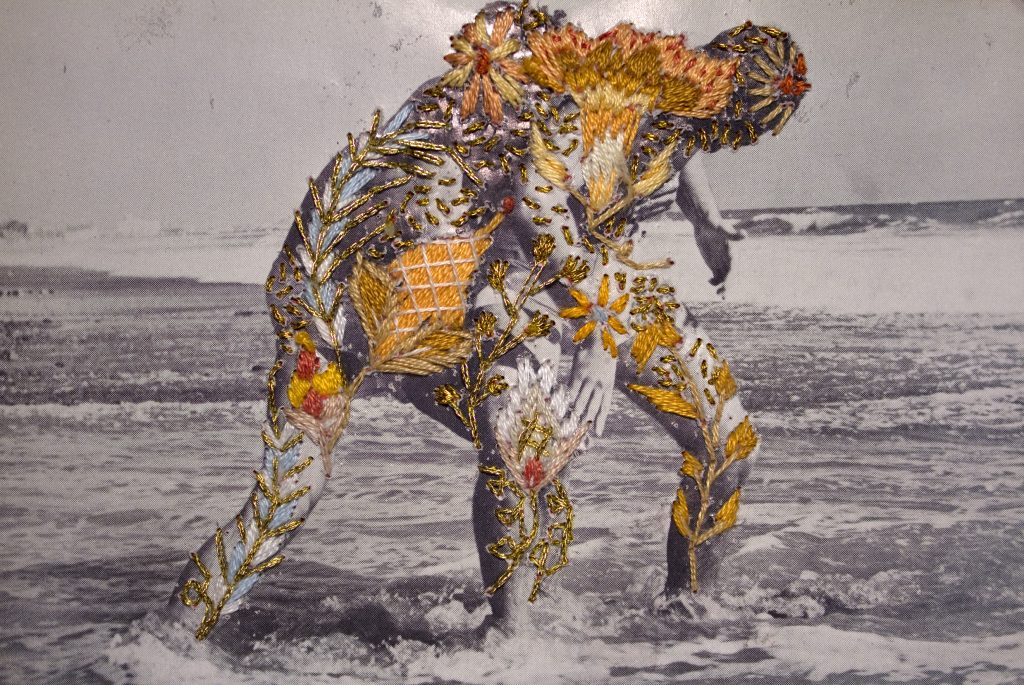
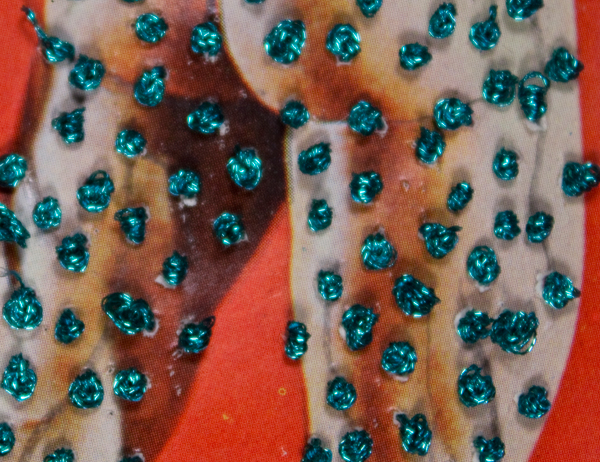
All acts of producing work are personal as well as political. I don’t believe in the myth that I can be personally separated from my work. And so the further I develop the work, the more I enter these conversations through experience.
— Max Colby
Working as a group
In my group, we decided to work around a common theme, namely that of mining underground. We created a WA group as well as a padlet to share ideas.
My memories of mining in South Africa are working with an activist group around abandoned mines, which were unsafe and close to poor communities. Issues were that of pollution of the air and water, as well as radiation levels. People presented illnesses that were from asthma, skin rashes to cancer. Bad safety, health and labour practices at gold mines in South Africa is part of the Apartheid legacy and this and exploitation of workers are still part of the labour politics in the mines today. We also have a history of Gum Boot dancing and a language that formed in the mines – many migrant black workers from around SA and within SA worked on the mines and their culture was brought into their work-lives. Men in those days were living in single quarters and visited their wives only during a yearly holiday. The language is called, Fanagalo and Gum boot dancing (also called Isicathulo) is known by rhythm, bodily beats, and movements as the language. It was used as communication (tapping) down in the mines, also to mime/jokingly about their employers. To me, it talks about workers needing an outlet and being very creative – very creative but also filled with pain and sadness.
Thinking around the word, mining, or to mine, or a mine: I visualize the idea of going underground to mine and search minerals, metals, salt, sand or coal. Associations are down in the deep earth under us, digging, excavating, a shaft, extract, a system of holes in the ground. Today people also mine cryptocurrency (bitcoins). I found a conversation of the artist, Max Colby (our group name) where he talks about mining when he research histories of materials he would work with: “I use mostly American and English materials in an effort to mine their histories. The majority of those materials are inextricable from Christianity’s role in colonialism, patriarchy, and our understanding of art.” I also read that when people try to discover patterns from the WWW, they use web mining as an application or tool (software)
In the way, I am thinking I realize I have a ‘bird’s eye’ perspective: looking from above. I am seeing myself as an onlooker. I am also concerned with the damage to ecosystems and landscape. Could the box be about revealing what happens underground? How to engage with this landscape which I have only seen in images of news coverage/articles and spoken to people working in mines, or living near mines.
I consider my shoebox, a black box, rectangular size 10 cm x 30cm.
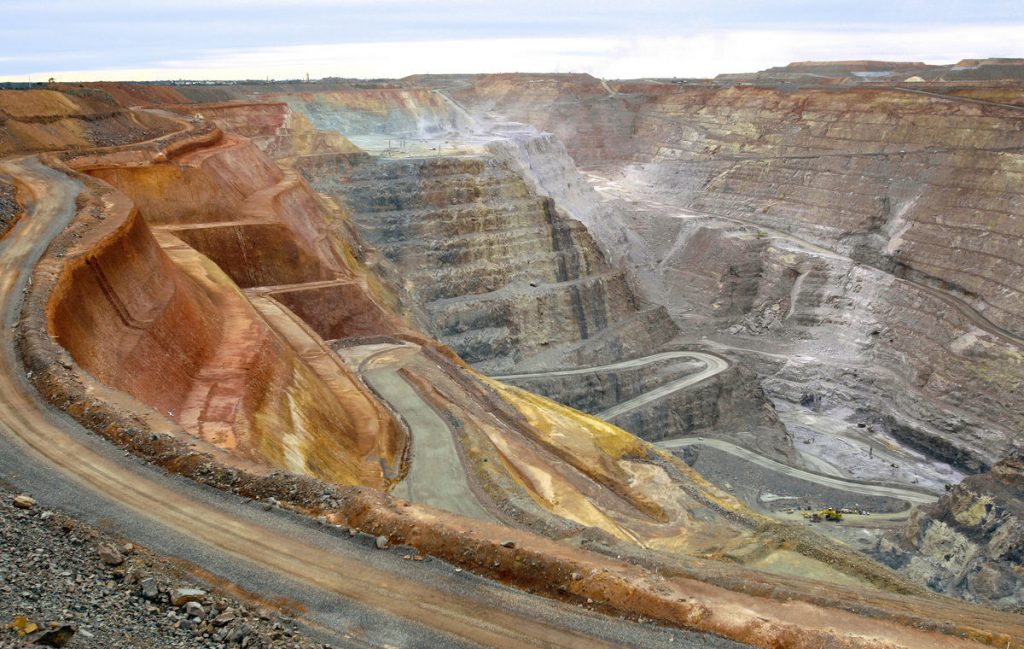
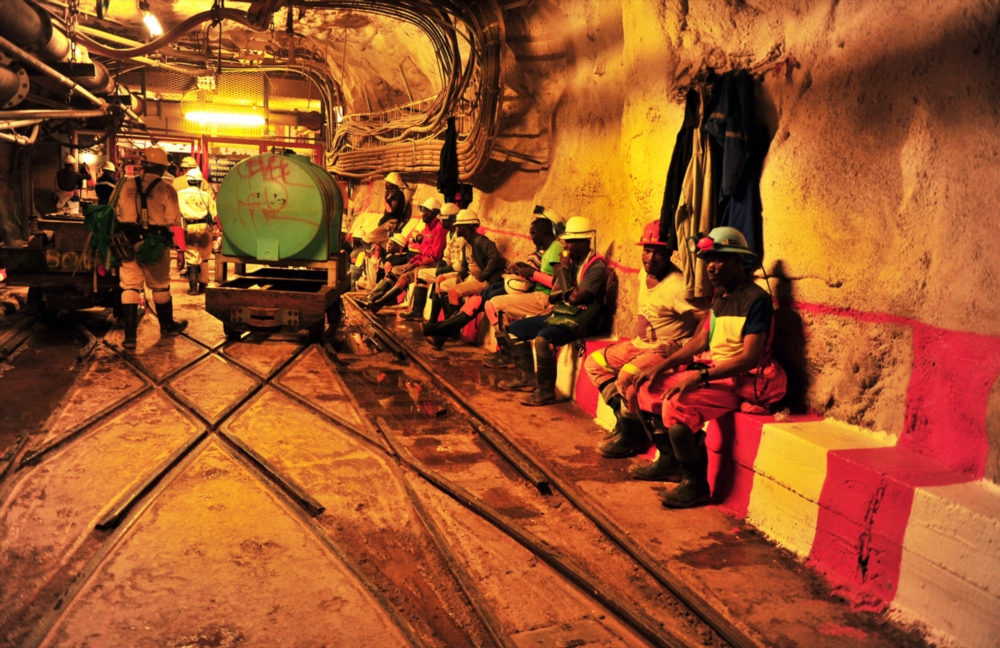



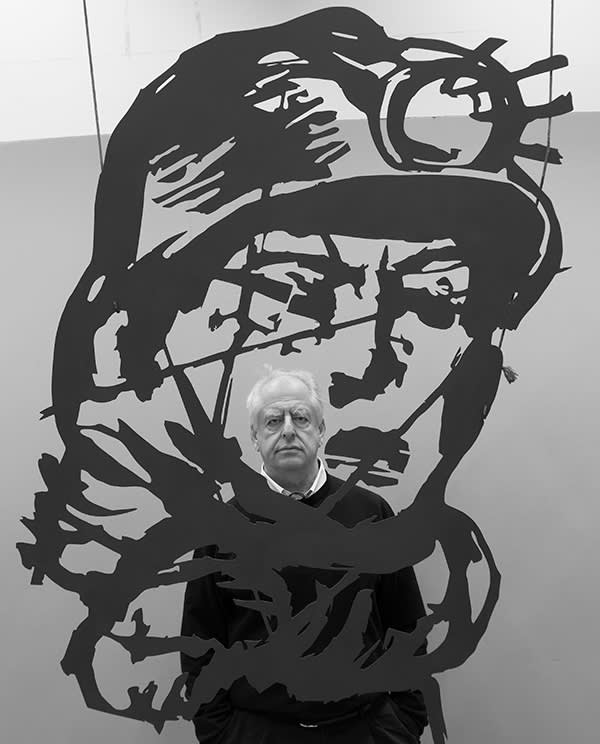
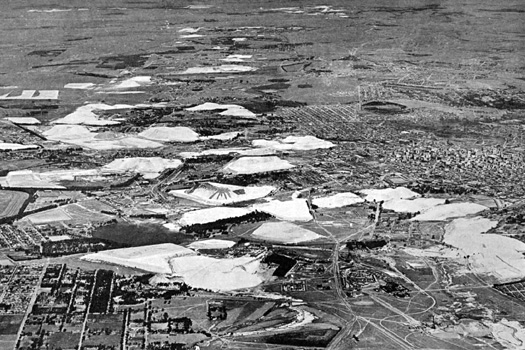
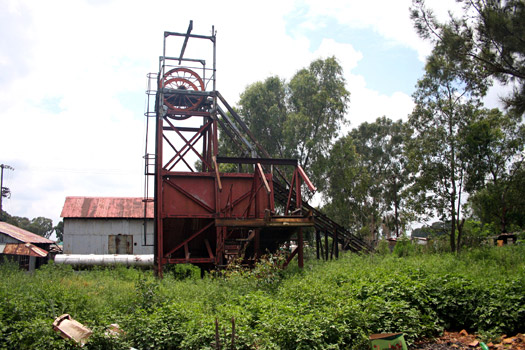
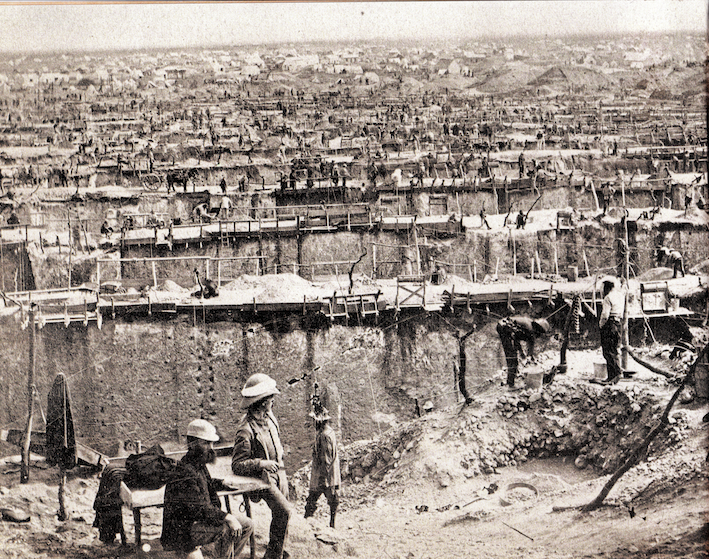
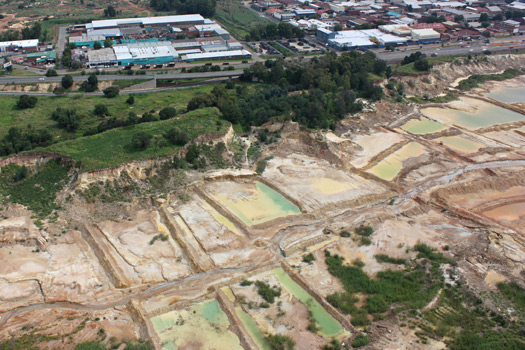
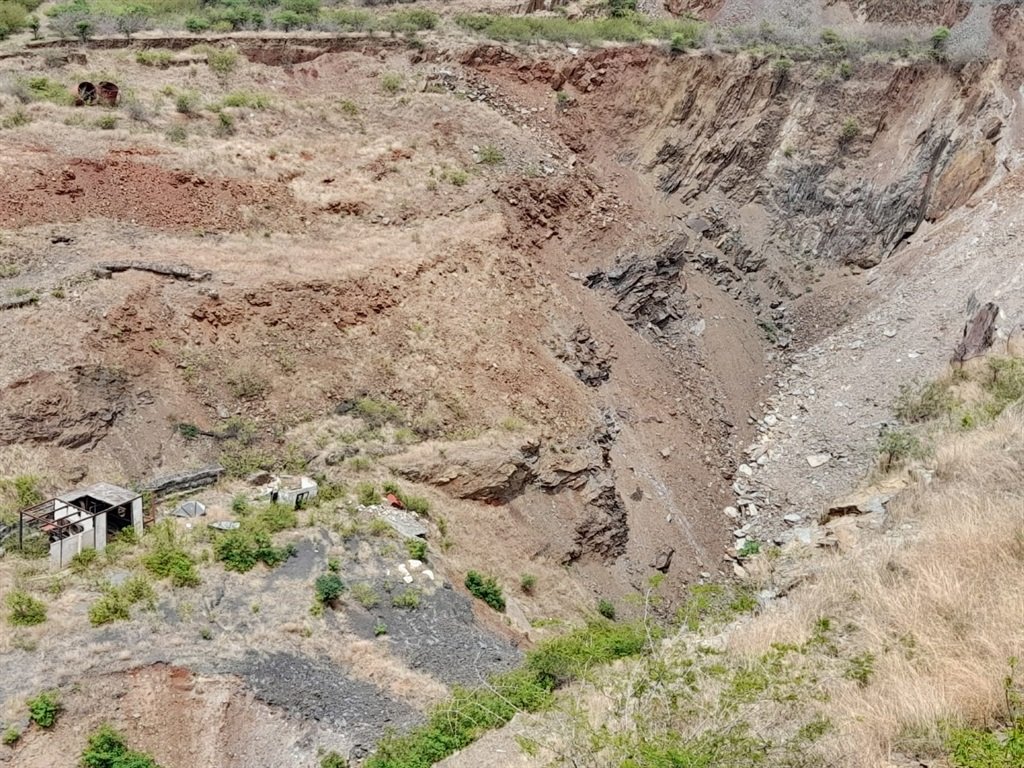
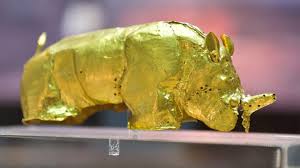
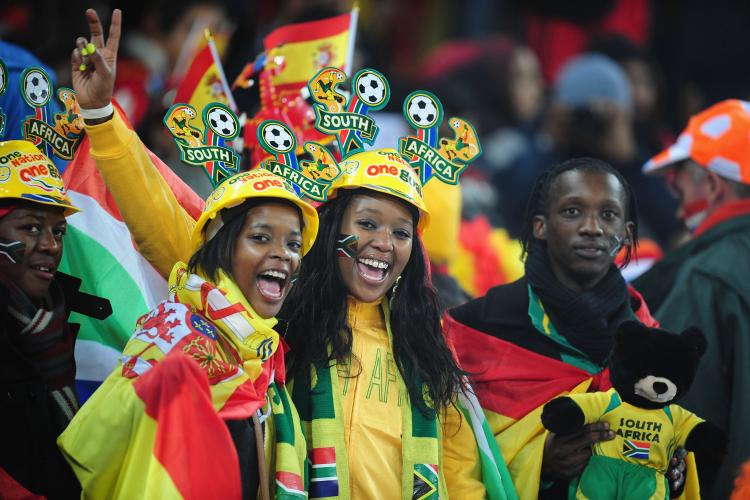
My collaborators shared art by Graham Sutherland and Kurt Jackson – I love how the darkness underground is captured – something I really would like to capture. My box is now going double in height.
link to our padlet
https://padlet.com/carolina5194071/phjjapiidzve6hjk